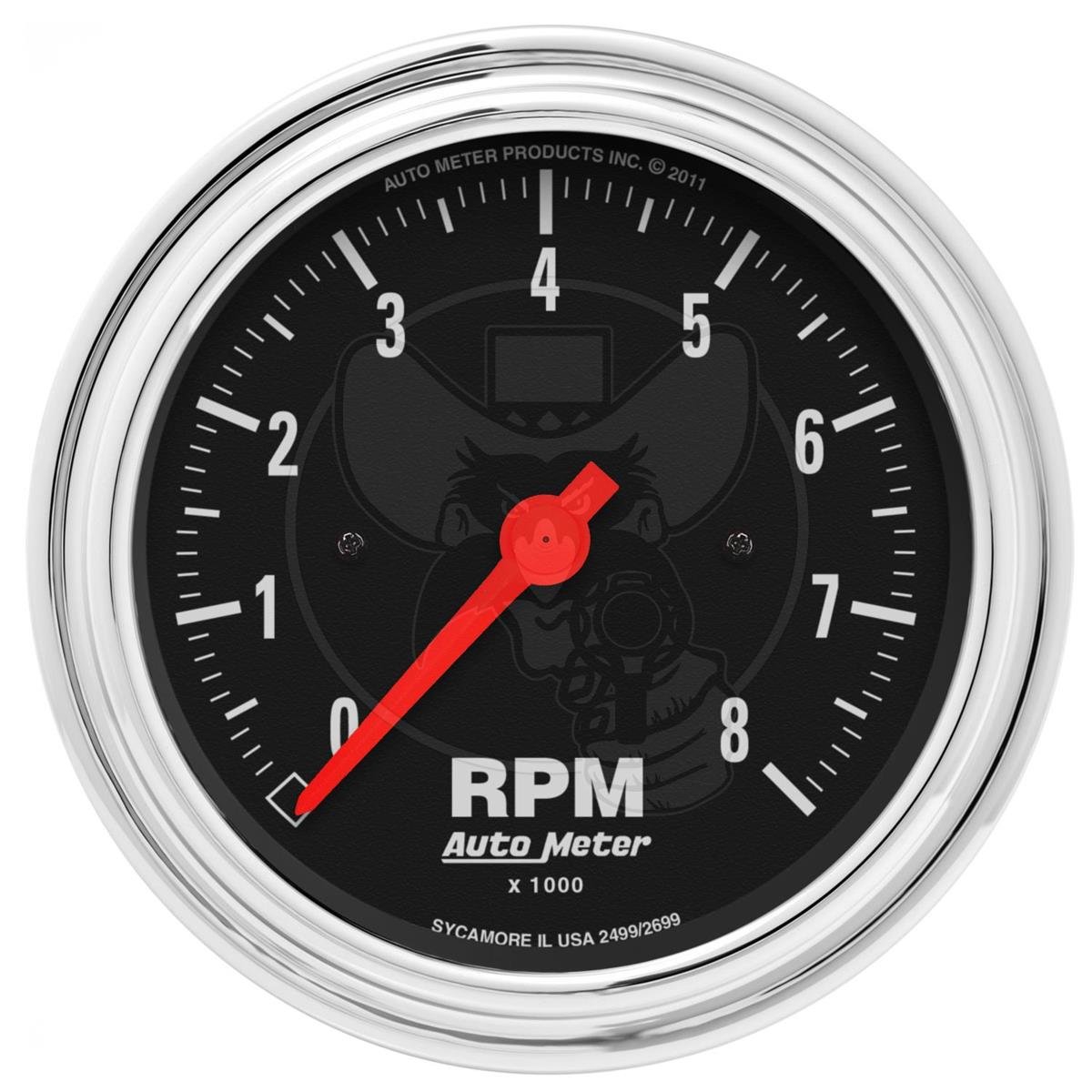The Value of a Tachometer in Keeping Track Of Engine Rate and Performance in Automotive Applications
In the realm of vehicle design, the tachometer stands as a crucial instrument in the chauffeur's toolbox, supplying a straight home window right into the internal operations of a lorry's engine. Past its feature as a mere gauge of revolutions per minute (RPM), the tachometer serves as an essential tool for lovers and experts alike, providing real-time insights into engine performance and health.
Significance of Keeping An Eye On Engine RPM
Checking engine RPM, or changes per min, is an essential facet of automotive upkeep and performance assessment. Engine RPM straight associates with the rate at which the engine's crankshaft revolves, showing how swiftly the engine is running - tachometer. By keeping track of RPM, mechanics can evaluate the health and wellness of the engine, identify potential problems, and fine-tune efficiency. An irregular RPM reading might signal troubles such as engine misfires, faulty stimulate plugs, or problems with the fuel shipment system. Regularly high RPM readings can indicate hostile driving routines or the demand for a greater equipment shift to enhance gas efficiency.
Moreover, keeping track of engine RPM is necessary for performance analysis in auto racing and high-performance lorries. Keeping optimal RPM levels is crucial for accomplishing peak power result and velocity. Racers frequently utilize tachometers to guarantee they are running within the ideal RPM range for optimum efficiency. In recap, keeping an eye on engine RPM is not just crucial for detecting issues but also for optimizing engine efficiency in different vehicle applications.

Benefits of Real-Time Information
In auto applications, real-time data plays a vital role in offering instant insights right into the performance and problem of the car. By continuously keeping track of numerous criteria such as engine speed, temperature level, fuel consumption, and more, real-time data uses numerous advantages that add to enhanced performance and safety and security when driving.
Furthermore, real-time information helps with efficiency optimization by offering prompt responses on driving routines and engine performance. Motorists can readjust their behavior in real-time based on this details to achieve much better gas economic climate and extend the life-span of their automobile.

Furthermore, real-time information plays a vital role in modern-day automotive diagnostics, enabling specialists to promptly detect and address breakdowns. This results in decreased downtime, reduced maintenance expenses, and inevitably, improved general automobile integrity and long life (tachometer). By utilizing the power of real-time data, auto stakeholders can make educated choices that favorably affect both the performance and long life of the car
Impact on Equipment Shifts
The tachometer plays a crucial role in optimizing gear changes by supplying real-time engine rate information to the chauffeur. When coming close to the redline on the tachometer, it signals the driver to upshift to avoid over-revving the engine and creating potential damage.
Furthermore, the tachometer help in attaining smoother equipment changes, specifically in manual transmissions. By keeping track of engine speed, drivers can execute equipment shifts at the optimal RPM array, reducing jerking motions and minimizing wear on the transmission parts. This accuracy in equipment changes not just improves driving convenience however likewise adds to fuel effectiveness.
Enhancing Gas Effectiveness
Given the important duty the tachometer plays in maximizing gear shifts for efficiency and engine health, it reference straight adds to optimizing gas performance in auto applications. By giving real-time responses on engine speed, the tachometer helps vehicle drivers in keeping one of the most efficient RPM array for fuel economic special info situation. When vehicle drivers constantly check the tachometer and readjust their motoring habits as necessary, they can prevent unneeded gas intake caused by over-revving or carrying the engine.
Moreover, the tachometer assists vehicle drivers determine the most fuel-efficient gear to be in at any given moment, preventing the engine from working more difficult than needed. In final thought, the tachometer offers as a valuable device in boosting fuel effectiveness by advertising ideal driving behaviors and determining locations for enhancement in the car's efficiency.

Making Best Use Of Engine Long Life
The tachometer's role in keeping an eye on engine speed and efficiency is instrumental in guaranteeing the longevity of auto engines. By using the tachometer efficiently, drivers can maximize engine durability via conscious RPM administration. Constantly revving an engine expensive can cause extreme deterioration on crucial parts, such as the pistons, shutoffs, and bearings. In time, this can lead to decreased engine efficiency and possible breakdowns. Monitoring the tachometer allows motorists to stay within the advised RPM variety for their vehicle, preventing unnecessary pressure on the engine and prolonging its life expectancy.

Conclusion
To conclude, the tachometer plays a vital duty in keeping track of engine speed and efficiency in automotive applications. By supplying real-time data on RPM, it permits effective gear shifts, boosted gas effectiveness, and optimized engine long life. find out here now This device is crucial for maintaining ideal engine performance and making certain the total functionality of a vehicle.
Comments on “Tachometer Purchasing Guide: Functions to Look for and Ideal Brands”